Optimal Timing for Water and Fire Damage Repairs
Timeliness is critical when addressing water or fire damage. Immediate response can prevent further deterioration, mold growth, and structural issues. The optimal time for repairs is as soon as possible after damage occurs to minimize costs and restore property integrity efficiently.
Early repairs reduce long-term damage, mold risk, and structural deterioration, saving costs and resources.
While repairs can be performed year-round, dry and mild weather conditions facilitate faster and more effective restoration.
Rapid evaluation helps determine the extent of damage and prioritizes necessary repairs to prevent escalation.
Initiating repairs promptly can streamline insurance claims and reduce delays in restoration.
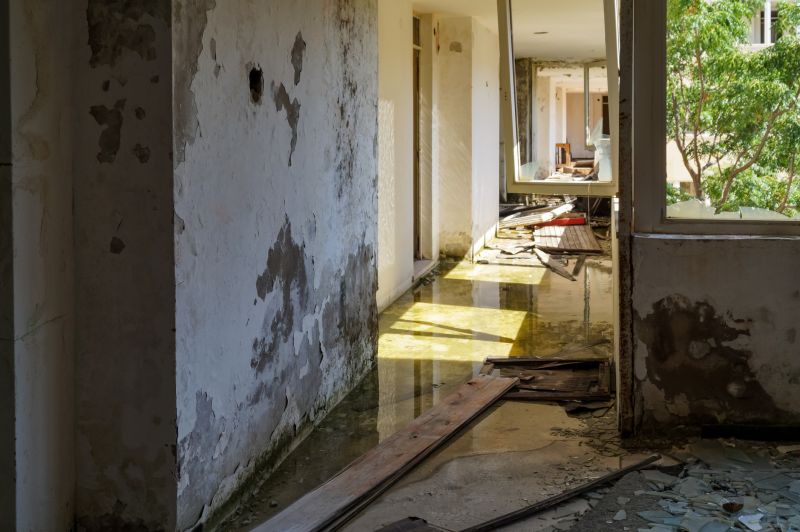
Images depict the stages of water extraction and drying.

Photos showing soot removal and structural assessment.

Visuals of quick response teams and initial damage assessment.
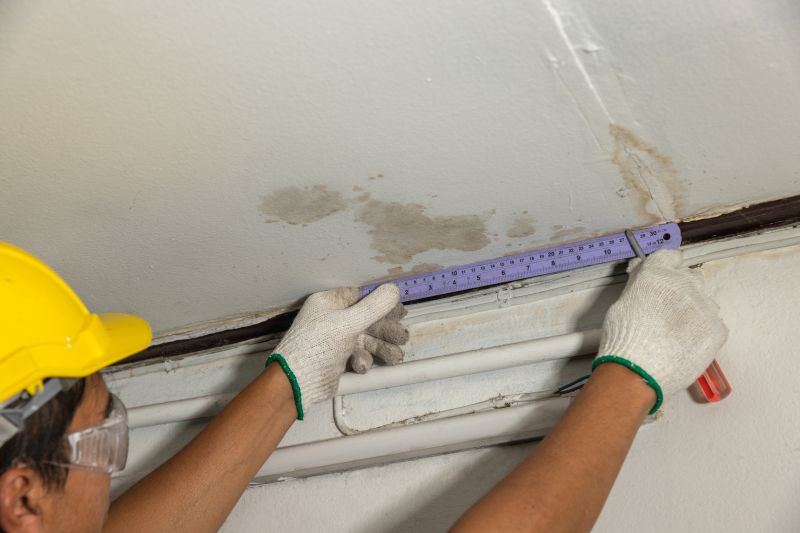
Ways to make Water Or Fire Damage Repairs work in tight or awkward layouts.
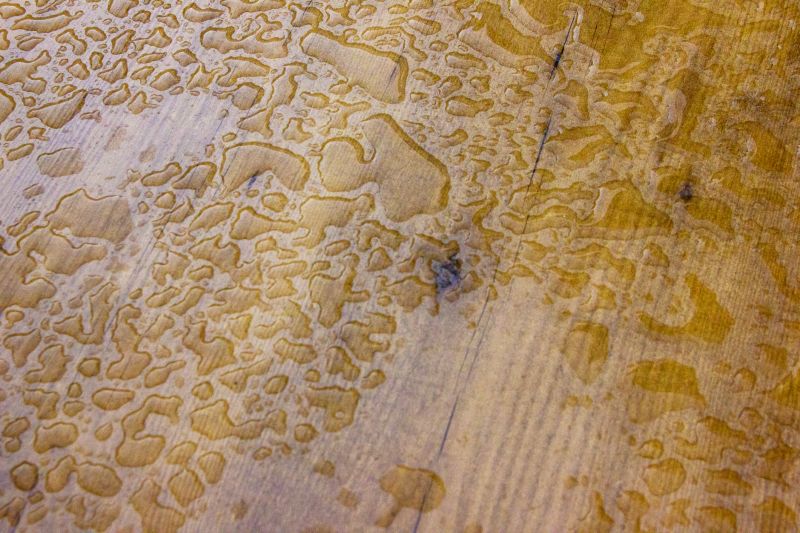
Popular materials for Water Or Fire Damage Repairs and why they hold up over time.

Simple add-ons that improve Water Or Fire Damage Repairs without blowing the budget.
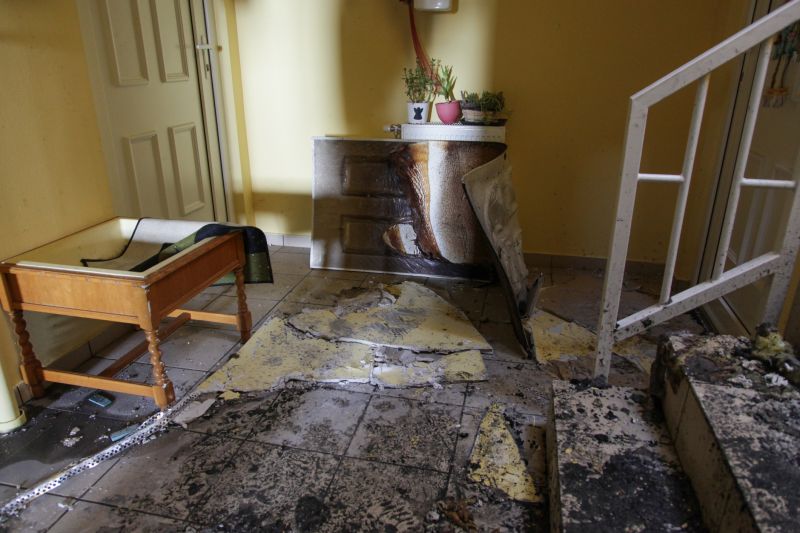
High-end options that actually feel worth it for Water Or Fire Damage Repairs.
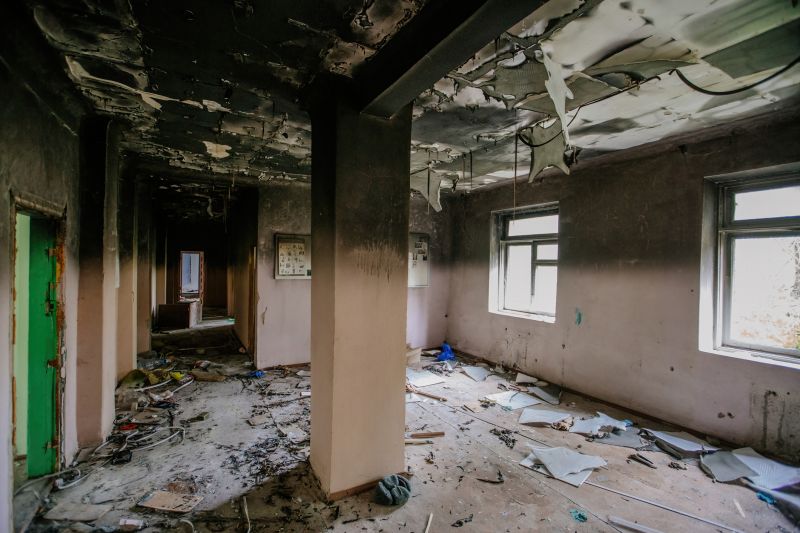
Finishes and colors that play nicely with Water Or Fire Damage Repairs.
| Scenario | Ideal Timing |
|---|---|
| Water leak detection | Immediately after detection |
| Fire incident | Within 24-48 hours |
| Post-storm flooding | As soon as water recedes |
| Structural damage from fire | Within the first few days |
| Mold prevention | Within 48 hours of water exposure |
| Severe damage restoration | Immediately after incident |
Water and fire damage repairs are crucial for maintaining safety and property value. Water damage can compromise structural integrity, cause mold growth, and lead to costly repairs if not addressed promptly. Fire damage often involves soot, smoke odors, and structural harm, requiring specialized cleanup and restoration techniques. Statistics indicate that delaying repairs can increase costs by up to 50% due to secondary damages. Effective restoration involves assessment, removal of damaged materials, cleaning, and structural repairs, often performed in stages to ensure comprehensive recovery.
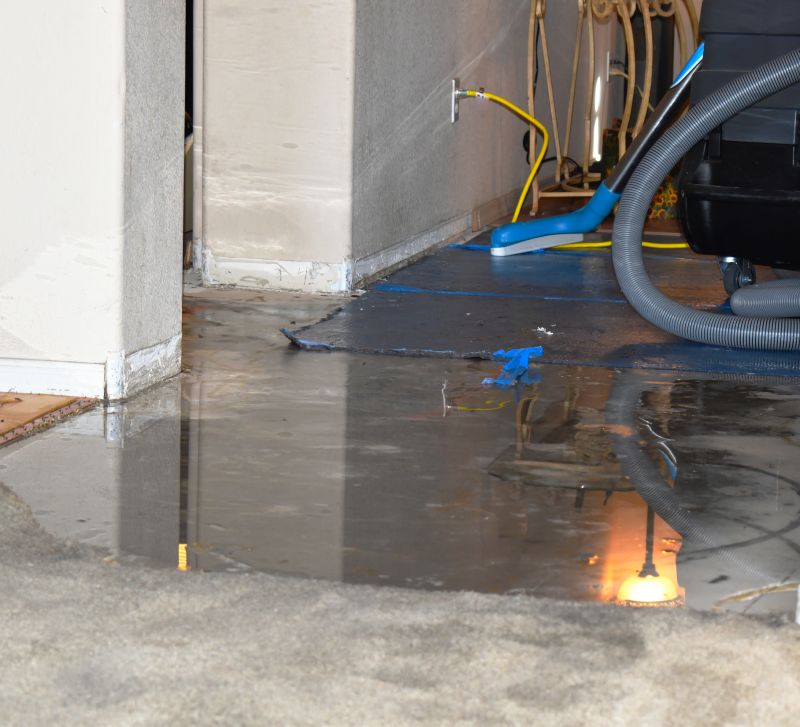
Images showing water extraction and drying equipment.
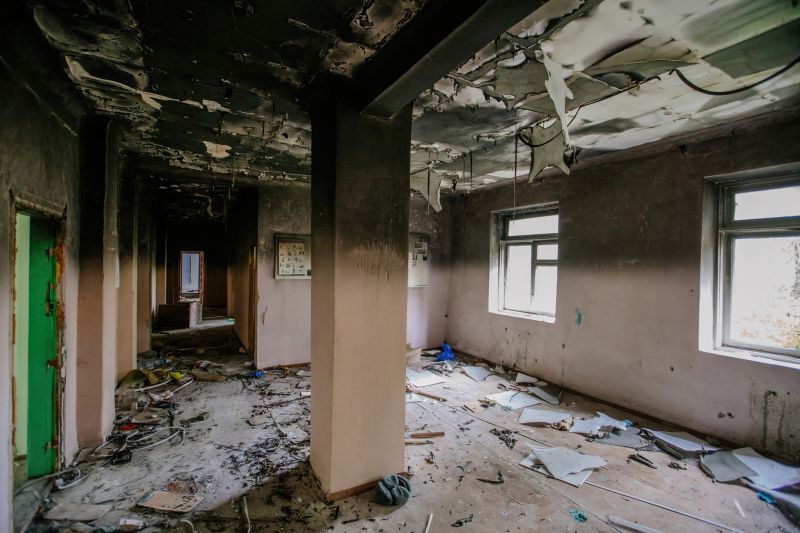
Photos of soot removal and structural repair work.
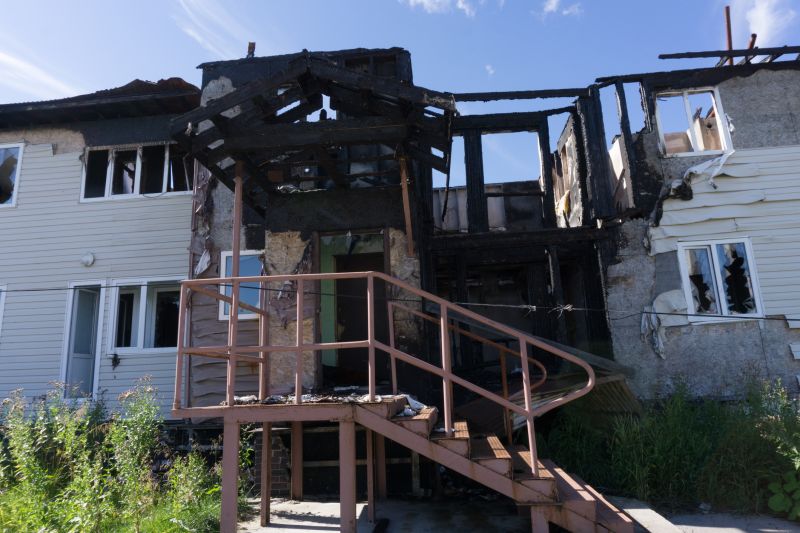
Visuals of detailed damage assessment procedures.
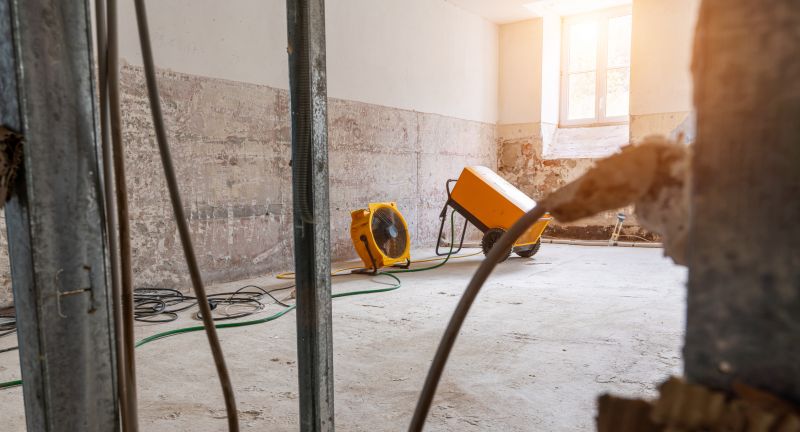
Images of advanced tools used in damage repairs.

Little measurements that prevent headaches on Water Or Fire Damage Repairs day.
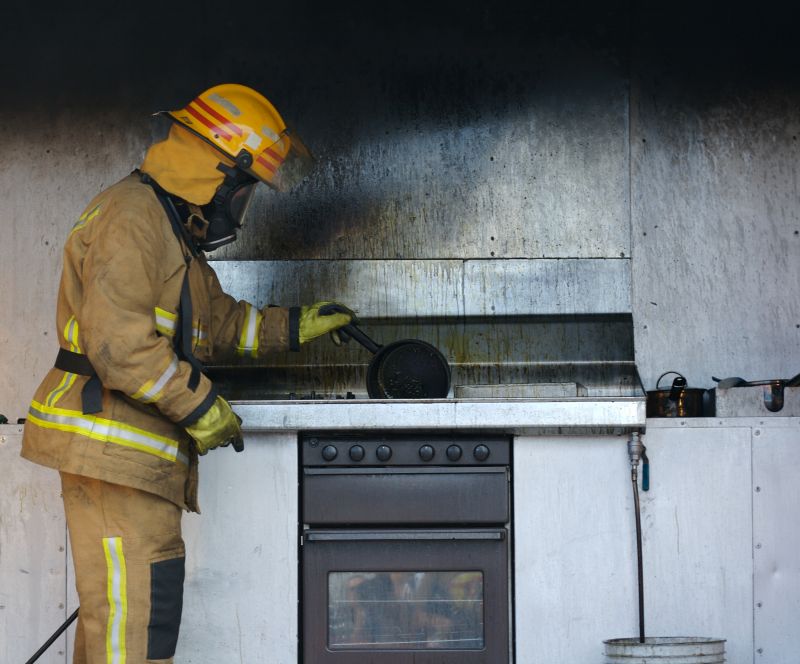
A 60-second routine that keeps Water Or Fire Damage Repairs looking new.

A frequent mistake in Water Or Fire Damage Repairs and how to dodge it.

Small tweaks to make Water Or Fire Damage Repairs safer and easier to use.
Timely repairs help prevent secondary issues such as mold growth, structural weakening, and persistent odors. It is recommended to initiate damage assessments and repairs as soon as possible after incidents to ensure the best outcomes. Properly managed restoration minimizes disruption and restores property safety and functionality efficiently. Interested parties are encouraged to contact for further information or to schedule an assessment regarding water or fire damage repairs.
